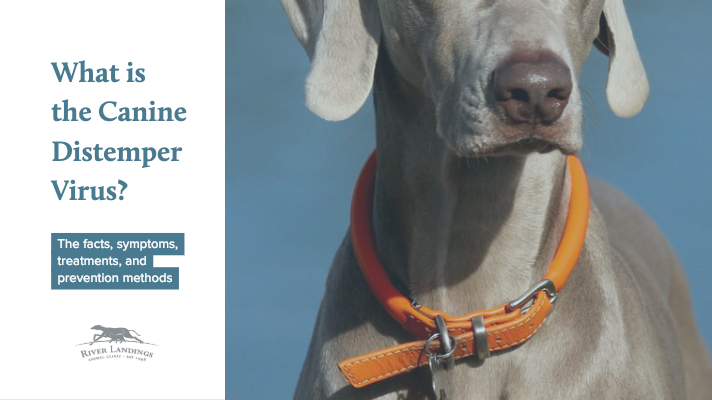The retina is the light-sensitive tissue that lines the inner surface of the eye. When it becomes detached from the tissue supporting it, a very serious situation exists. It is extremely important to get your pet to the veterinarian immediately if you suspect they are having vision problems.
There are several factors that can cause this disorder.
Some of the most common factors include:
Injuries to the face or eye
Diabetes
Tumors
Infections
Kidney disease
High blood pressure (especially in cats)
Hyperthyroidism (in cats)
Sickle-cell anemia
Poisoning
Cataracts or cataract surgery
Genetics
Poor blood clotting
Symptoms
The most serious symptom of a retinal detachment is reduced vision or, in some instances, blindness. The severity of your pet’s ability to see is directly related to the seriousness of how detached her retina is, or if it impacts both eyes. Other symptoms include dilated pupils (when the eye shows no response to changes in light), discoloration of the white of the eye, or leaking of the eye and clumsiness due to your pet’s inability to see well.
Diagnosis
Your veterinarian will perform a complete history and physical examination, including a thorough ophthalmic examination. They may also refer you to a veterinary ophthalmologist for additional evaluation. In addition to providing a thorough examination of your pet, your veterinarian may recommend tests to identify the underlying cause.
These tests may include:
Chemistry tests to evaluate kidney, liver, and pancreatic function, as well as sugar levels
A complete blood count to screen for infection, inflammation, anemia, and other blood-related conditions
Electrolyte tests to ensure your pet isn’t suffering from an electrolyte imbalance
Screening tests to rule out infectious disease
Cultures, PCR testing, and other specialized tests, which can identify if specific parasites or diseases could be the cause
X-rays of the chest and abdomen to look for abnormalities
A fecal test to rule out fecal parasites
A thyroid test to determine if the thyroid gland is producing too little (in dogs) or too much (in cats) thyroid hormone.
Blood pressure measurement
Treatment
It is important to begin treatment as soon as possible to prevent further damage to the eye or permanent blindness. Treatment can include medications and/or surgery. It will depend on the underlying cause of the detachment, the severity of the condition, and your pet’s overall health.
Prevention
While you may not be able to prevent retinal detachment, by being a diligent pet owner and carefully checking your furry friend regularly for anything out of place, you will help catch problems in their earliest stages!
If you have any questions or concerns, you should always visit or call your veterinarian – they are your best resource to ensure the health and well-being of your pets.
Hear From Us Again
Don't forget to subscribe to our email newsletter for more resources and latest news delivered to your inbox (here). Or, you can keep up to date by liking and following our Facebook page (here).
Related: We have more information under our dog health and cat health tags.







